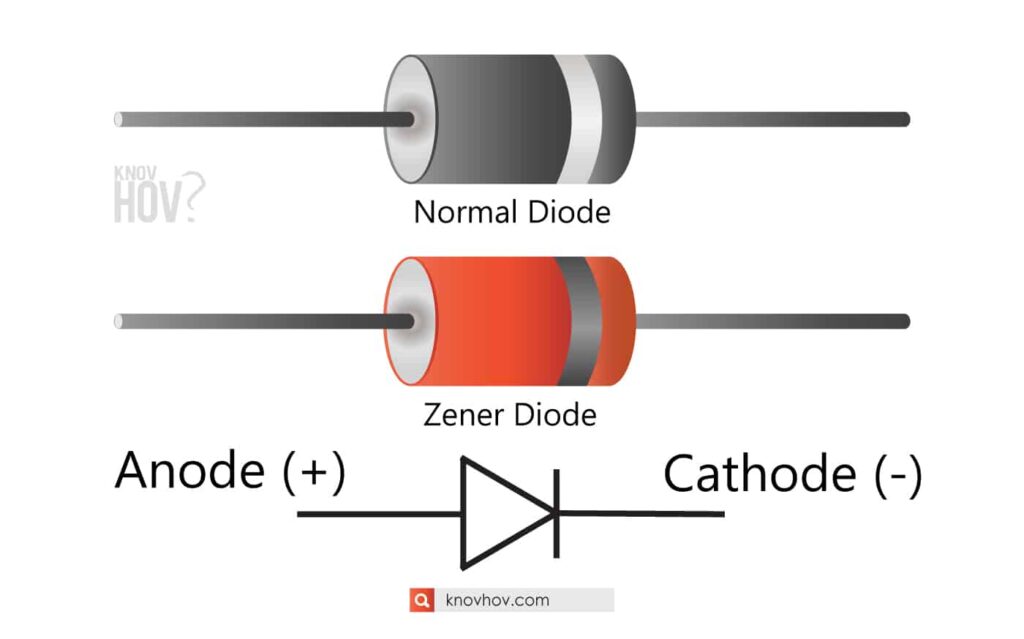

Can anyone help me out please?Īnother question: in a conventional (dry-cell) battery, does the positive sign refer to the anode or cathode? Re: anode vs cathode Post by CelineNguyen3K Sun 2:08 am The half-reaction being oxidized (undergoing oxidation) is the anode and the half-reaction being reduced (undergoing reduction) is the cathode. Some important differences between cathode and anode are mentioned below Anode. I just don't get it! I am totally confused. It states that "anode polarity is not always positive but depends on the device type, and sometimes even in which mode it operates, as determined by the above electric current direction-based universal definition." and that "cathode polarity is not always negative but depends on the device type, and sometimes even in which mode it operates, as determined by the above current direction based universal definition." They say that the charges of the anode and cathode differ depending on whether they are a part of a Galvanic cell or an electrolysis cell. A common anode RGB LED consists of four terminals out of which one is for the common anode, one is for the RED LED cathode terminal, one is for the GREEN LED cathode terminal, and the last one is for the BLUE LED cathode terminal. Then I read on Wikipedia that the anode and cathode are charged. One is a common anode RGB LED and the other is a common cathode RGB LED.

The actual charges on the electrodes are essentially zero." The labels simply tell us the electrode at which the electrons are released to the external circuit (the anode) and received from the external circuit (the cathode). What is anode vs cathode The Anode is the negative or reducing electrode that releases electrons to the external circuit and oxidizes during and electrochemical reaction. During an electrochemical reaction, an anode will lose electrons to the circuit, becoming oxidized in the process whereas a cathode will gain these electrons to be reduced. Which is positive and which is negative? In my chem book (Chemistry: The Central Science by Brown, LeMay, and Bursten) it is says that "although the anode and cathode are labeled with - and + signs respectively, you should not interpret the labels as charges on the electrodes. The main difference between an anode and a cathode can be observed in their relationship with electrons, and, by extension, how they contribute to a redox reaction. Then, I am very confused regarding the charges on the each of the electrodes.

What I know so far is that the anode is the electrode at which oxidation takes place (and hence donates electrons) and the cathode is the electrode at which reduction takes place (and hence accepts these electrons). The odd part is that the signs on the cathode and anode in an electrolytic cell are the opposite way, the cathode is negative (-), and the anode is positive. I am having a problem understanding the difference between the anode and cathode in electrochemistry.


 0 kommentar(er)
0 kommentar(er)
